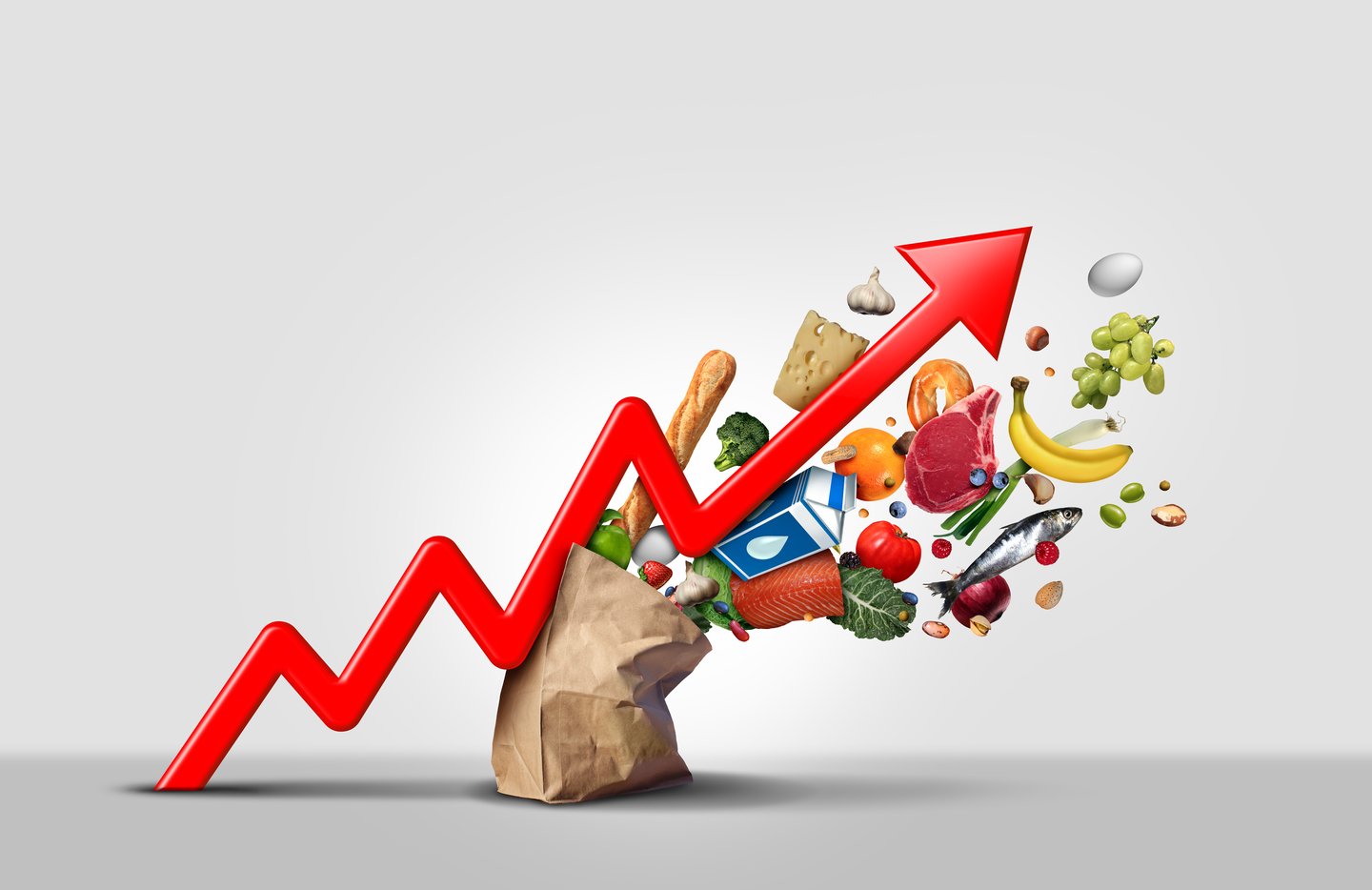Will grocers generate $6 billion in profits this year? Not even close
When it comes to selecting the most significant non-scandal of 2023, the "greedflation" campaign is by far the absolute winner. Politicians, and even some knowledgeable economists, have convinced many that Canadian grocers have taken advantage of the recent inflationary cycle to profit unfairly. Despite compelling data and many reports pointing to the contrary, many Canadians remain convinced of this narrative.
Jim Stanford, an economist known for commenting on food prices, is the most recent example of how Canadians seem to be embracing arguments against food companies without questioning their validity. Stanford recently claimed that net profits for grocers in 2023 would surpass $6 billion for the first time, a statement that gained significant attention and raised the ire of politicians and many Canadians. The media largely accepted these claims as fact without delving into the source of the data.
It's important to note that the figures provided came from Statistics Canada, rather than corporate financial statements, which arguably would be more reliable. Statistics Canada’s Table 33-10-0225-01 which was used for the $6 billion argument can include convenience stores, specialty food stores and not just major grocers.
Net profits are not a suitable metric to consider unless the intention is to sensationalize the issue of profiteering. To assess whether a grocery chain is indeed profiteering, one can look at gross profit margins, calculated as revenues minus the cost of goods sold. It's worth mentioning that the gross profit margins for our major grocers have remained relatively stable over the past five years, based on data from their financial reports (See Figure).
Now, let's also examine profits, a topic that politicians often emphasize. The combined net profit for the three major Canadian grocery chains (Loblaw, Empire (which owns Sobeys), and Metro) in the past 12 months amounted to $3.808 billion. It is highly unlikely that this figure will exceed $6 billion in the current year, as claimed earlier this week. To reach such profits, these chains would need combined revenues totalling $110.6 billion over the past year. When considered as a percentage of total sales in the last 12 months, the combined profits represent only about 3.4%, which is an incredibly modest return. Additionally, this figure includes non-food items like cosmetics and prescription drugs, which typically have higher profit margins.
In essence, though, there is nothing inherently wrong with profits, and in a functioning economy, companies should report increased profits annually due to inflation. Canadians should understand this. People's salaries increase, the prices of goods and services rise, and naturally, net profits increase in dollar terms. This is why it is critical to analyze percentages over time for a more comprehensive assessment.
In 2023, emotions seemed to overshadow a proper understanding of the food business world and food supply chain economics among many Canadians. Blaming the food industry has been, and continues to be a convenient diversion for politicians, diverting attention away from the real issues impacting inflation, such as public overspending and fiscal policies, among others.
However, grocers are not without blame either. Beyond profiteering, the industry has some challenges to address. Regulatory compliance has been an issue, and the bread price-fixing scandal has certainly tarnished the industry's reputation. While it's true that some level of greed exists in the food industry, as in any economic system, it can also be taken to an extreme.
READ: Major retailers must sign grocery code of conduct, federal agriculture minister says
Our grocery chains here in Canada are well-managed, but it is also to note that profit margins in other countries like the United Kingdom and the United States are about half of what they are here. While acknowledging that the evidence of profiteering in Canada is weak at best, there is a need for more competition in the market.
François-Philippe Champagne, the Minister of Innovation, who is on a mission to increase competition, has called upon other grocers abroad to invest in Canada. However, the challenge lies in making Canada an attractive destination for investment, which cannot be achieved without a mandatory code of conduct that levels the playing field between the major grocery chains, independent grocers, and suppliers alike. Right now, players like Loblaw and Walmart have way too much influence and are dictating supply chain rules, a dimension consumers don't necessarily see. It’s been like that for a while now.
With a well-defined mandatory code of conduct, Canadians may have to wait a considerable amount of time before witnessing the entry of new grocery players into the Canadian market.







